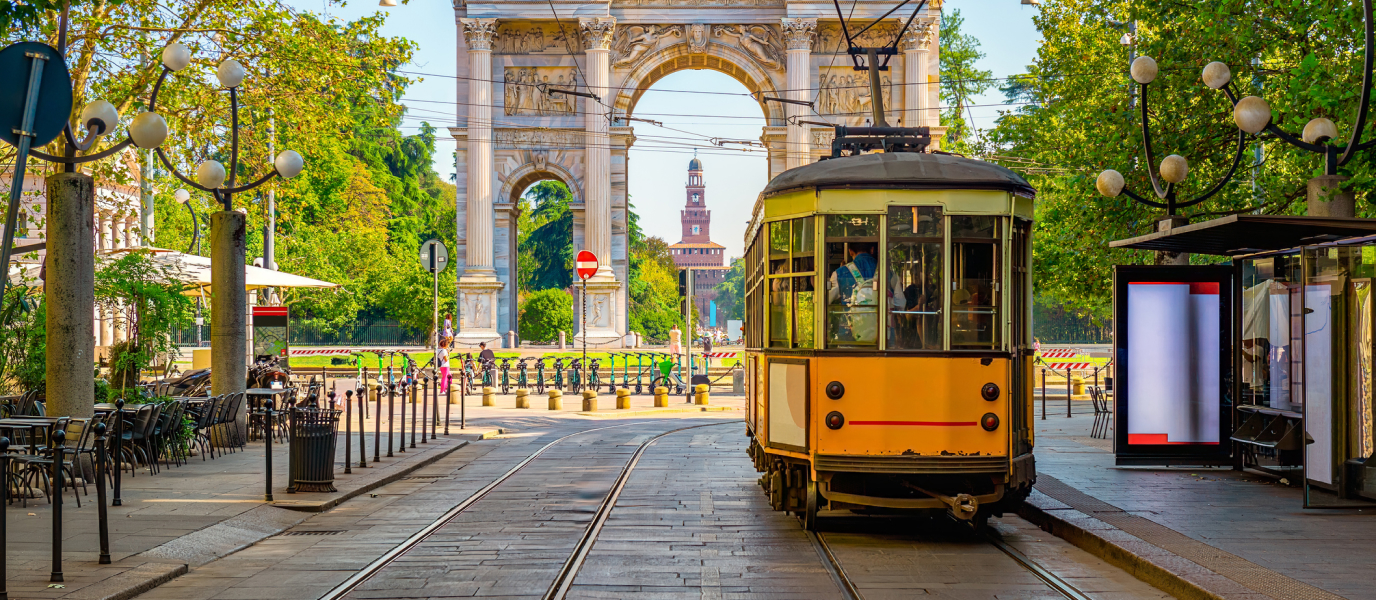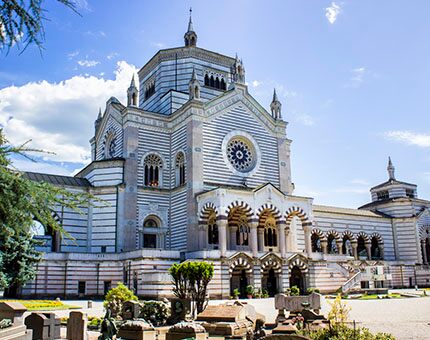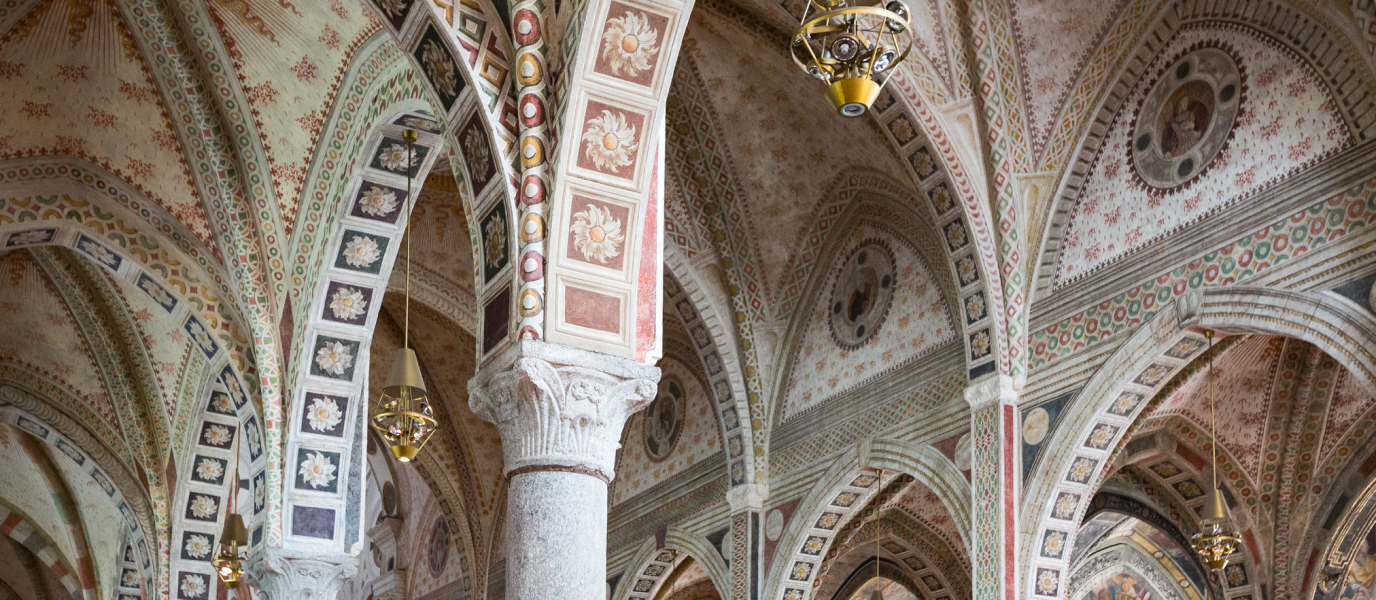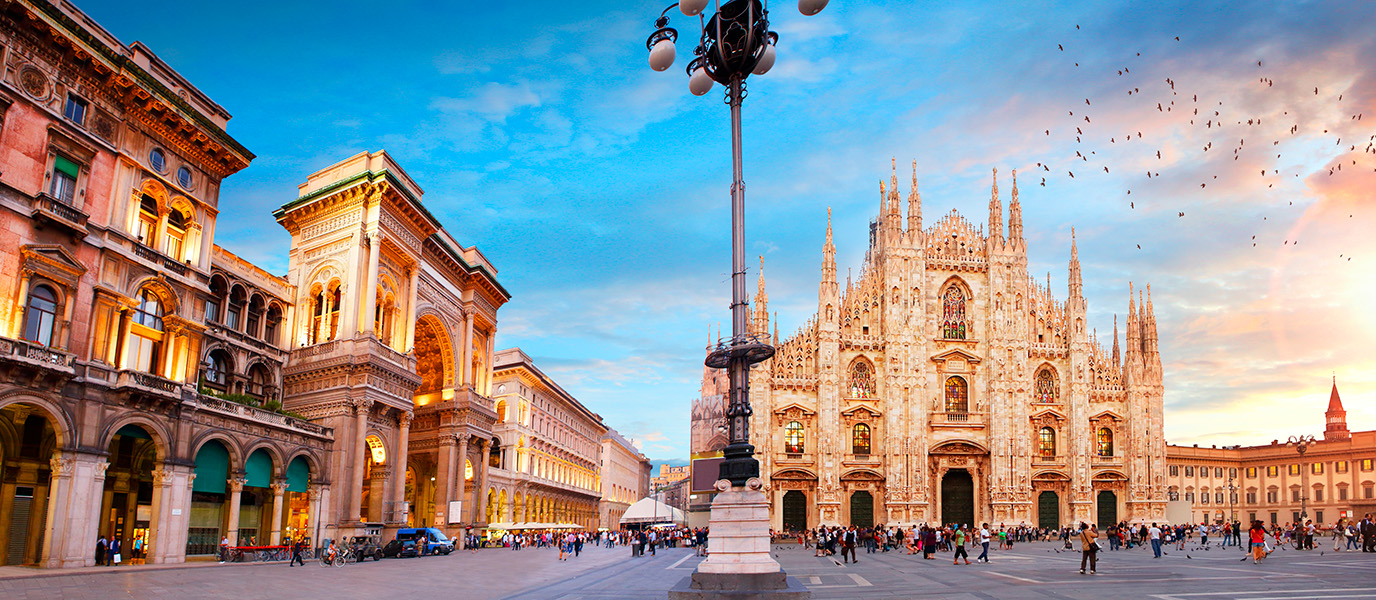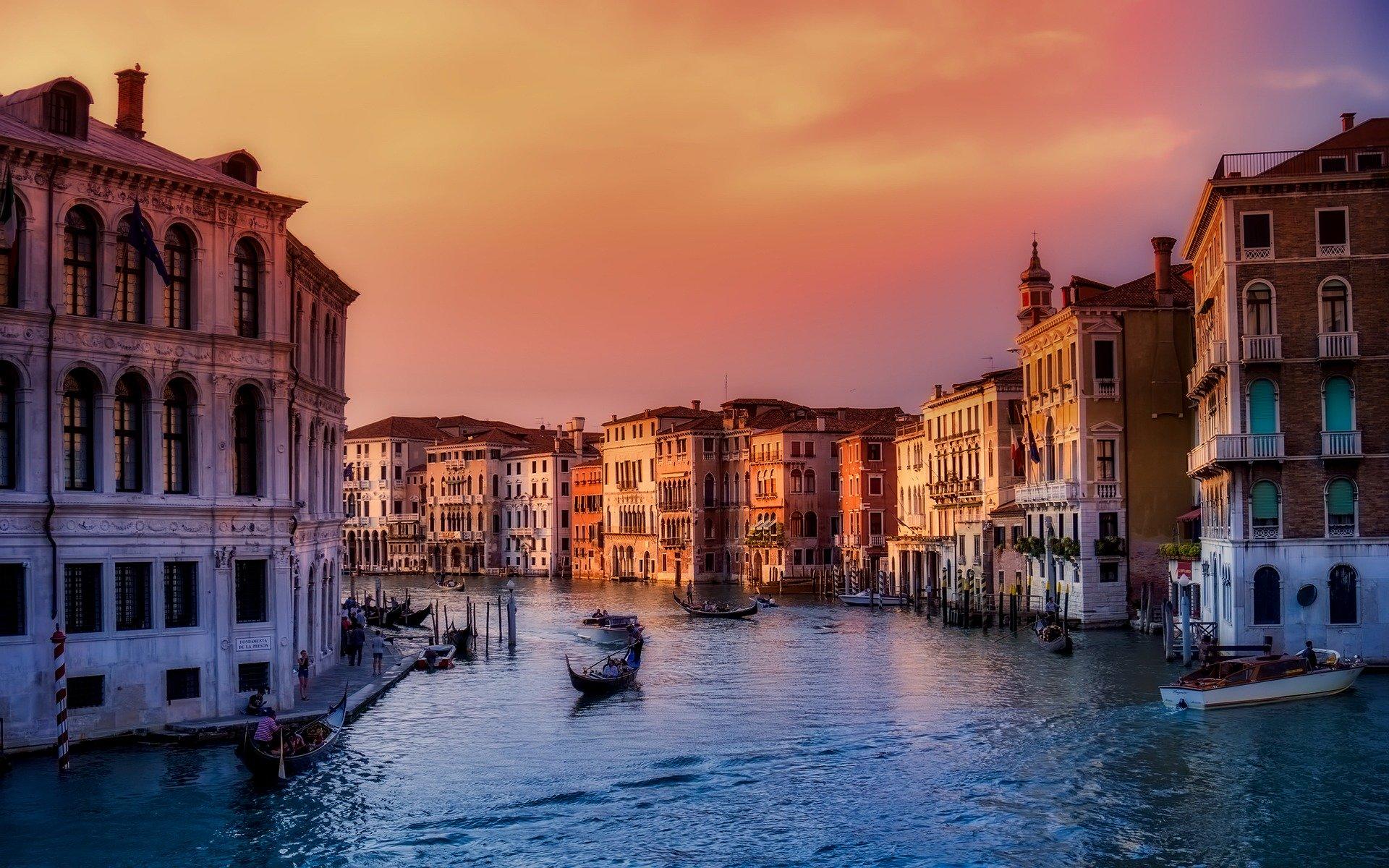Parco Sempione is one of the main green spaces in Milan and attracts thousands of tourists each day who seek a place to rest as they explore the city. To the delight of culture fans (and disappoint of the idle), this lush urban park also has a large number of historical attractions as well as large lawns and an artificial lake. While here you should visit medieval Castello Sforzesco and cutting edge Triennale di Milano, but don’t miss the Arco della Pace [Arch of Peace], an impressive triumphal arch built on the orders of Napoleon that is covered with inscriptions and engravings that reveal much of Italy’s recent history.
Located between the historic Brera, Sempione and Magenta neighbourhoods, today the Arco della Pace is completely open to the public. Read on if you’d like to find out more about the interesting history behind the construction of this monument.
Origins of the Arco della Pace in Milan
In his novel A Moveable Feast, Ernest Hemingway stated that the Arco della Pace in Milan is invisibly aligned with the Arc de Triomphe du Carrousel and Arc du Triomphe in Paris. This makes more sense once you learn that the three arches were all built on the orders of Napoleon Bonaparte during his period of European political domination.
In fact, the French emperor wanted the Arco della Pace to be built in Milan in 1806 to celebrate his war victories to date. He chose Italian architect Luigi Cagnola for the project, who was inspired by other legendary arches from Ancient Rome, such as the Arch of Constantine (315 AD) and Septimus Severus (203 AD).
However, Napoleon’s defeat at the Battle of Waterloo (1815) brought the works to a standstill and they weren’t resumed until 1826 on the orders of Franz Josef I of Austria. What began as a monument dedicated to the Roman goddess Victoria was completely transformed into a tribute to the peace that the leading European powers had agreed to uphold at the famous Congress of Vienna. Since it was officially opened in 1838, the Arco della Pace has become part of both Italy, and Europe’s, history.
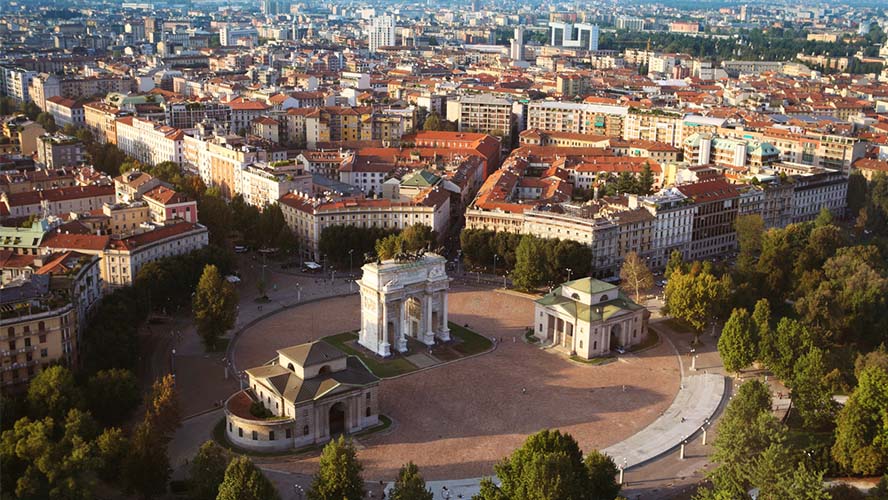
Visiting the Arco della Pace
Today, impressive Arco della Pace stands in the geometric centre of Piazza Sempione, a wide, circular esplanade that connects Corso Sempione – an important radial avenue in Milan, similar to the Champs-Élysées in Paris – to Parco Sempione. The monument is around 25 m tall and is clearly Neoclassical in style, with three majestic arches supported by eight Corinthian columns made of marble from Crevoladossola in Piedmont.
The interior and exterior façades of the monument are mainly made of Baveno granite and have numerous low reliefs portraying varied scenes such as Roman mythology and decisive events during the Concert of Europe (1815-1848). If you approach the arch, you can see astonishing allegorical representations of Hercules, Apollo and Mars; famous events such as the Battle of Leipzig; the occupation of Lyon and Paris; Napoleonic forces surrendering after Dresden; and the Congress of Vienna.
The Arco della Pace is also remarkable for its huge number of sculptures; many are by Pompeo Marchesi, a famous Lombard sculptor of the Neoclassical school. The most important are those that stand at the top: on one side is a sestiga – a Roman chariot pulled by six horses – driven by Minerva, the goddess of Peace. Four victorious knights stand on the other side, one on each corner, representing the four rivers of Lombardy: Po, Ticino, Adigio and Tagliamento.
Finally, special mention should be made of the inscriptions on the upper part of the arch that pay tribute to Italian soldiers who died in the First and Second World Wars.
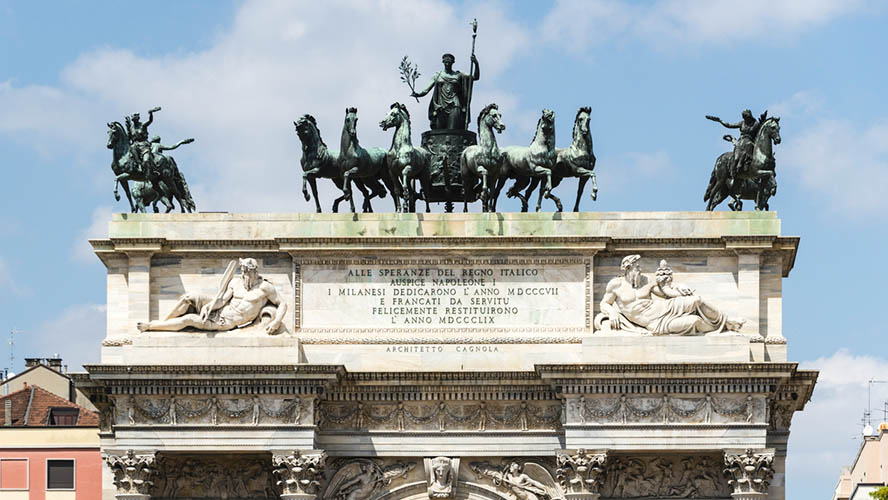
Surprising facts about the monument
The Arco della Pace has hidden secrets that you won’t discover just by looking at it. One such intriguing fact concerns its location, which is far less random than might at first appear. In fact, the site of the arch coincides with the end of the Simplon Road, a strategic route through the Alps used by Napoleon before invading northern Italy in 1800.
There is also an interesting story behind the horses that pull the chariot of Peace. It’s said that Franz Josef I of Austria, Napoleon’s sworn enemy, took advantage of the French emperor’s definitive defeat to change the position of the horses. The six horses and chariot were turned halfway around so they turned their backs to France, a gesture that was intended to mock the French.
More information:
Address:
- Piazza Sempione 20154 Milan.
How to get to Arco della Pace:
- By bus: 18, 50, 37, 58, 61, and 94.
- By tram: 1, 2, 4, 12, 14, and 19.
- By metro: line 1, Cadorna and Cairoli stations, and line 2, Lanza station.
Opening times:
- Every day from 6.30 a.m. to 9 p.m.
For up-to-date information about opening times and services, please visit Milan’s Official Tourism Website.




































































